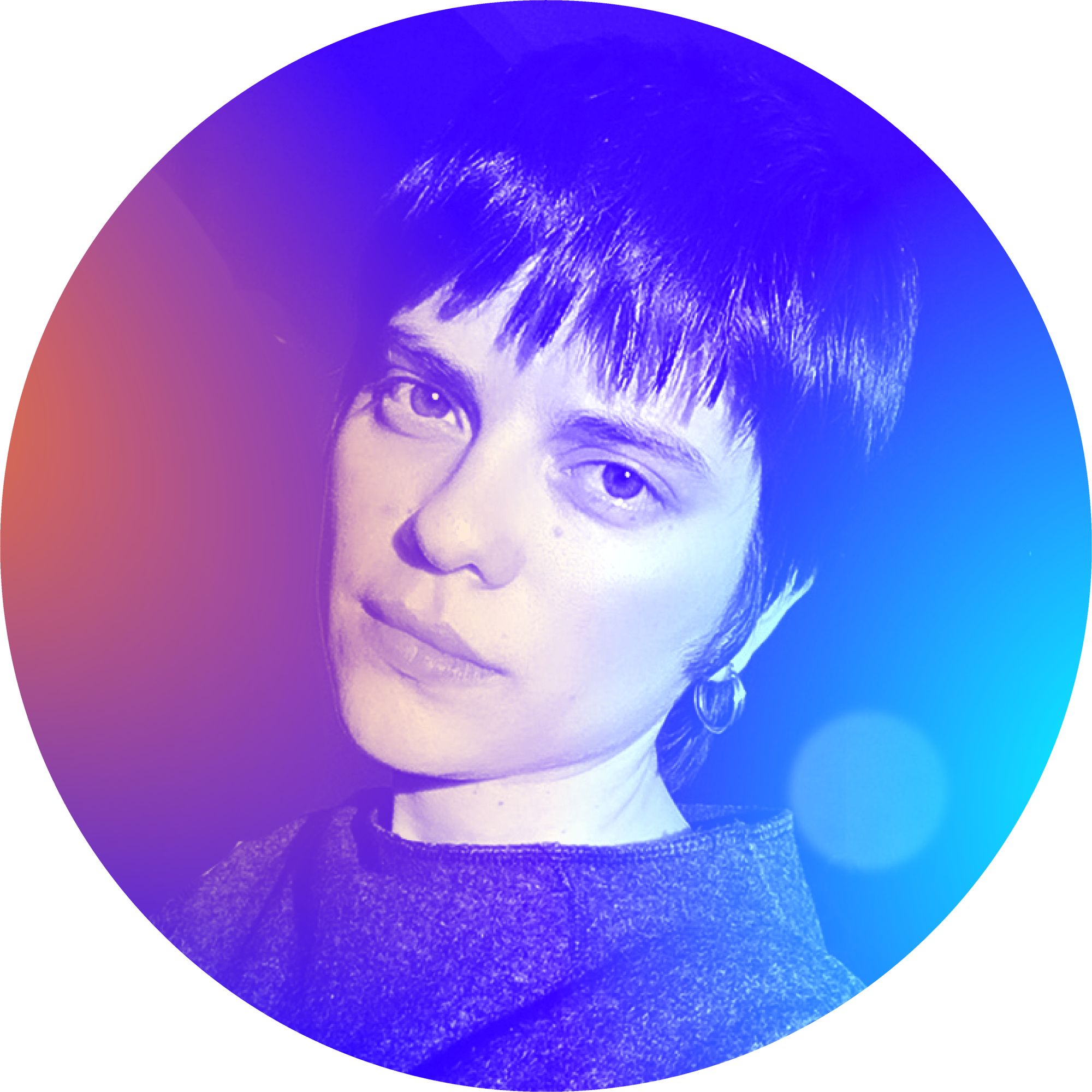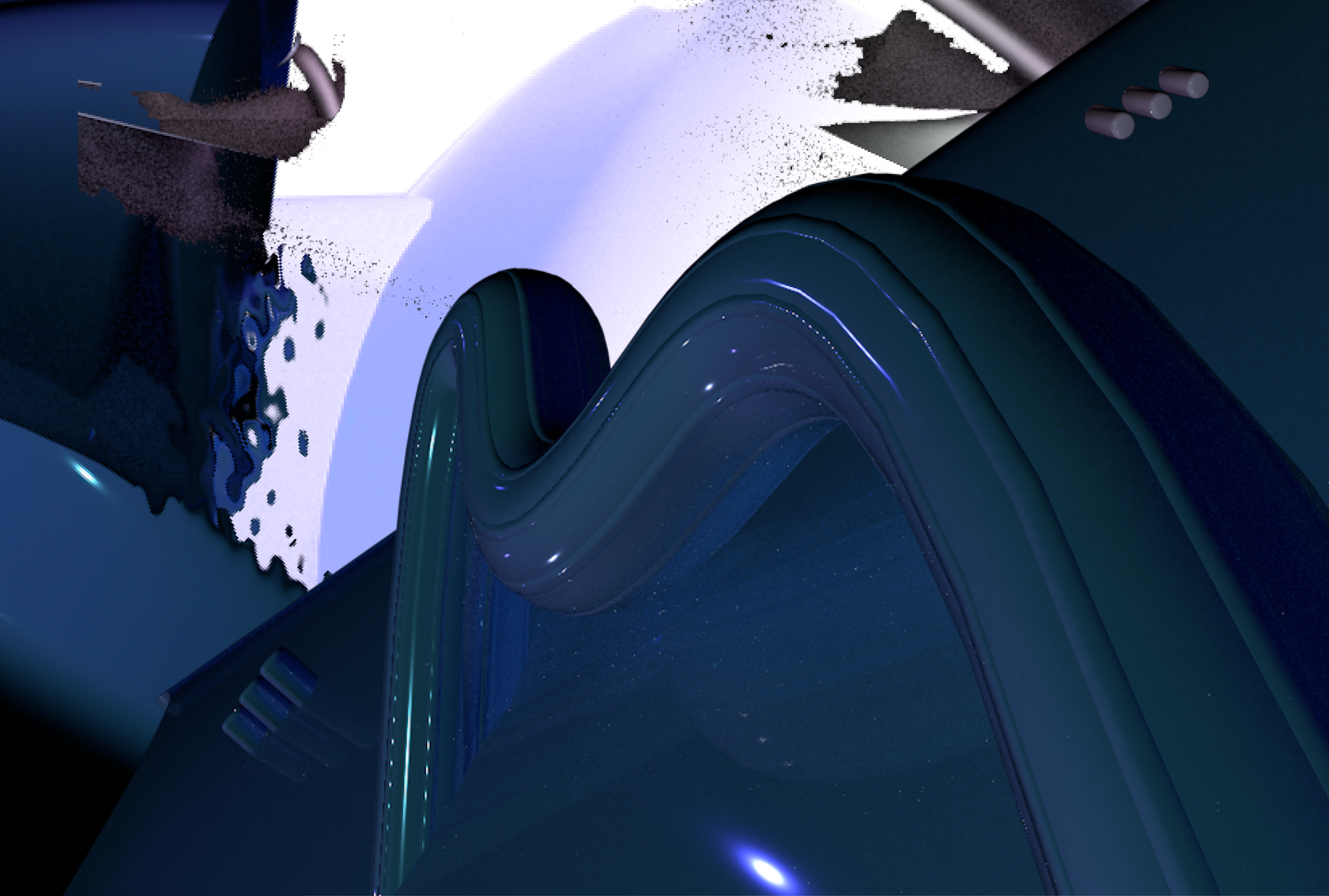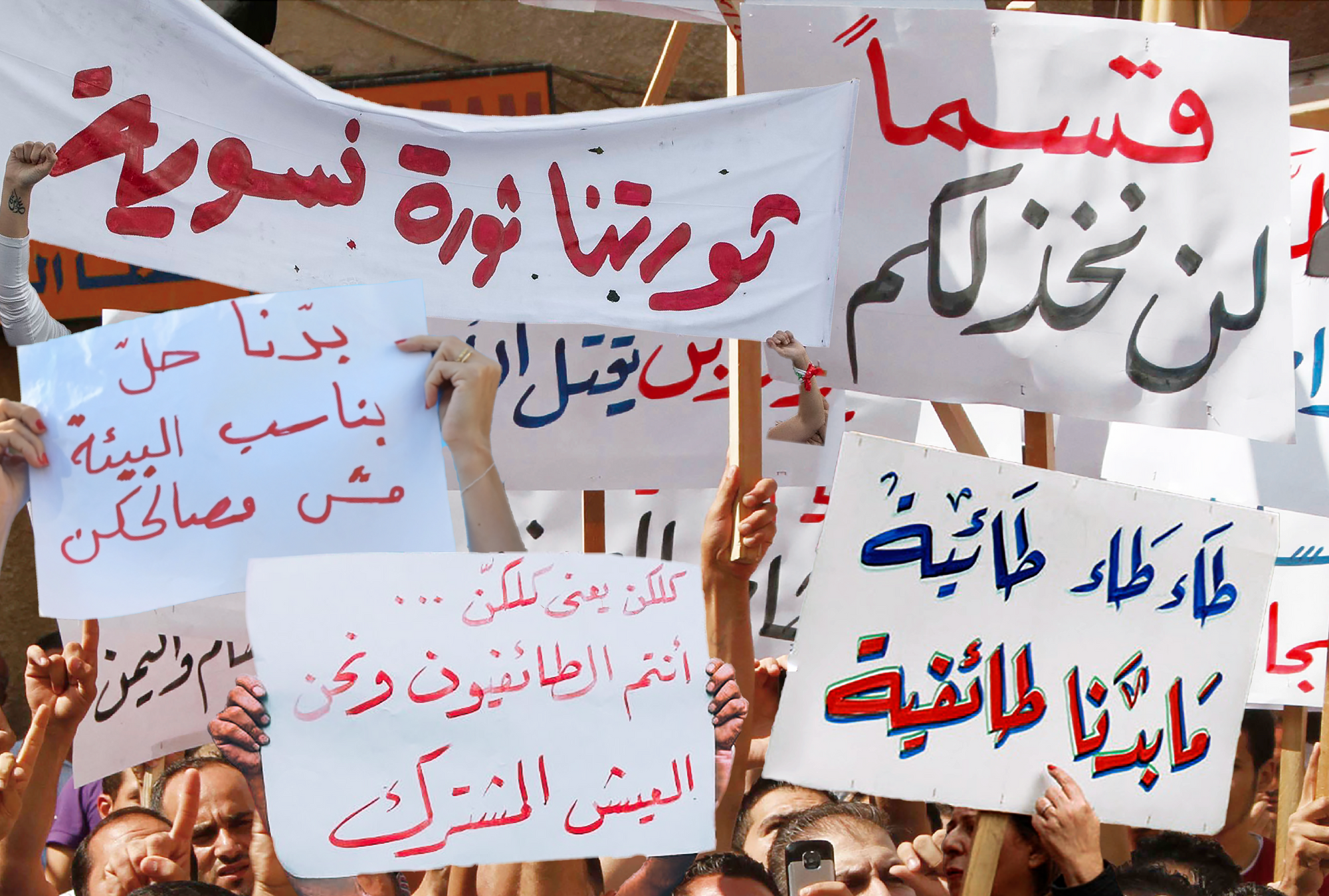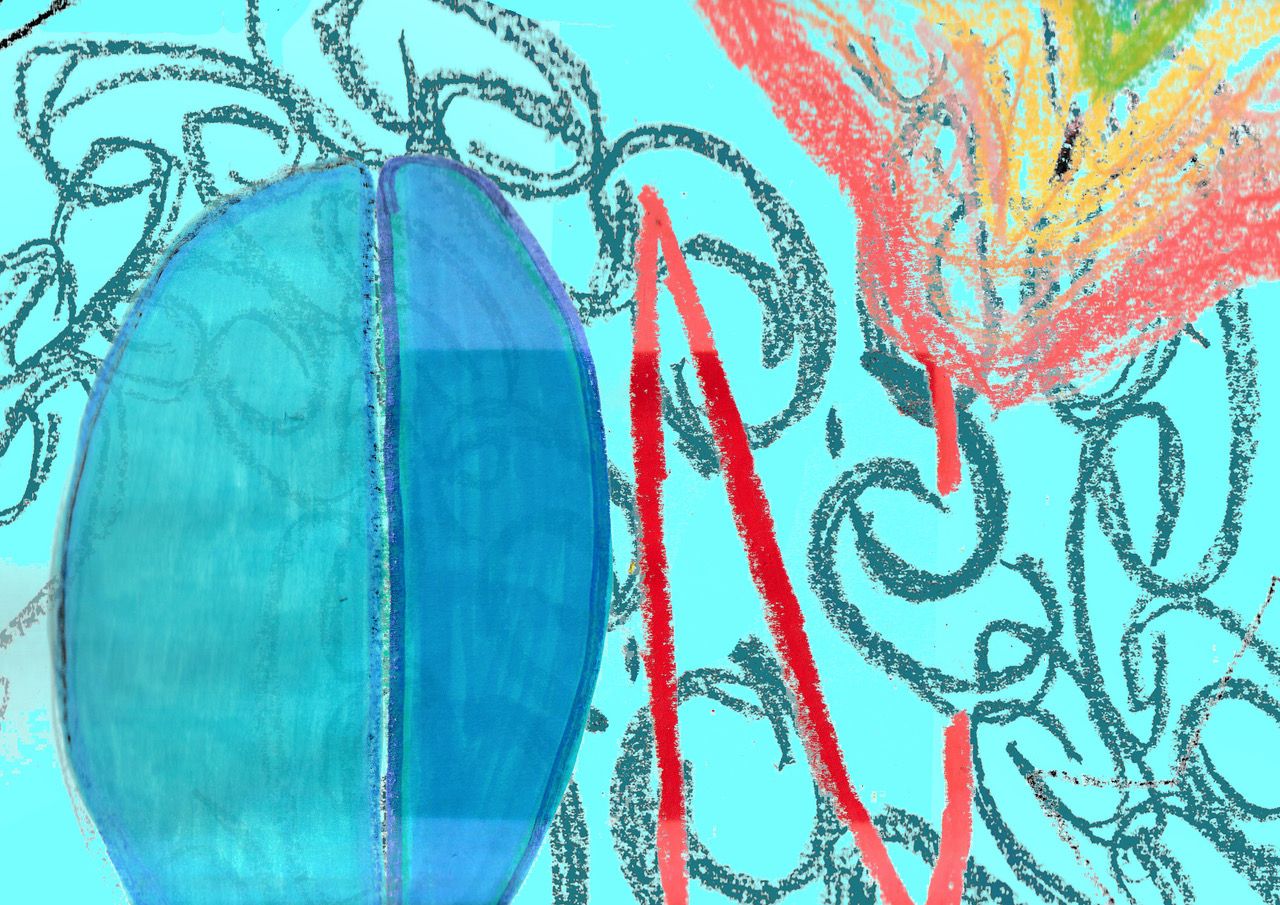
One of my earliest memories of the museum is of a visit on a school trip. I remember gathering at the school gates early in the morning, waiting excitedly for the arrival of the buseta, packed to the brim with children, that would take us to our destination. The most visceral feeling from this memory is the joy of missing a day of school (no Maths today, phew!). Second to that is actually arriving at the museum. We stood outside the main entrance, the loud and excited chatter of 10-year-old children drowning the traffic sounds from the street. The entrance looked deceivingly small and dark. Upon entering, the morning heat slowly faded away as the building morphed into a large cave.
Once inside the museum, we were overwhelmed by the image and information overload. This was Costa Rica’s Pre-Columbian Gold Museum, an underground vault-like structure located in the heart of my hometown, San José. The exhibits covered a wide range of epochs and histories. I was moved by some of the displays that spoke of long-gone lands and peoples, the development of indigenous societies across the Americas, and their craftsmanship and iconography. Their existence was depicted as distant and fairly unknown, almost mystical. I remember feeling far away from this history, like I was simply a spectator of this past. When I say history, I mean indigenous art, such as beautiful ceramic pottery, skillfully carved metates and luxurious gold and jade jewelry—the sort of artifacts one so commonly finds in Latin American museums.
To my younger self, the museum was a depository of a past that had almost no relation to me. I felt as though I was meant to feel represented in those displays in some way, but I also knew that this reflection wasn’t really a part of me. Like Foucault’s heterotopic mirror, I could discover my absence from the place (the past) I was looking at because I was able to see myself on the other side.
“The European canon [...] presents museums as an elevation of culture, as pedestals for truth.”
In Foucault’s Of Other Spaces: Utopias and Heterotopias, the museum and the colony are brought into a parallel plane as “heterotopic spaces.” He describes heterotopias as sites with the property of being in relation with other sites, due to the way in which they invent the set of relations they happen to mirror or reflect. Heterotopic spaces are, in various forms, physical and non-physical territories that counteract the space designated as the “norm”; places where time and space might not be in sync.
The museum and the colony are prime examples of this. The first is a place of timeless, aspatial accumulation. The latter is a site of projected idealization, where European colonists were able to live out their ideological visions for a “modern” world—which we know had absolutely devastating, irrevocable consequences for the people and land they encountered. Therefore, the colony and museum exist in tandem. Their heterotopic nature, in Foucault’s view, is what brings them into a parallel position. This correlation is profound, as it reveals the reality of the modern Latin American museum—it is sharpened by the European canon that presents museums as an elevation of culture, as pedestals for truth.

The national museum in the post-colony
The origin of many of the national museums of Latin America can be traced back to the late part of the 19th century. Founded in 1887, Costa Rica’s National Museum is the oldest in the country. Its inception is linked to the widespread influence of the Positivist motto of “Order and Progress,” which in itself was part of the Liberal project for modernization following its recent independence from Spain in 1821.
Following the newly acquired independence, Positivism had a strong influence across the American continent and its newly formed nations. The pillars of this philosophical system are based on Auguste Comte’s ideas, which rejected speculative philosophy, and claimed that intellectual development was the primary cause of social change.
The many internal conflicts that followed the independence from Spain and Portugal in continental America led to the idea that freedom had to be managed with order, and that the continent’s new governments and its people were too inexperienced to handle full independence. Positivists did not believe in a revolution, but in an evolution of society. In their view, any alignment with indigenous or immigrant non-white populations was an obstacle to progress.
“This project of assimilation was carried out in many forms, and the National Museum was one of the many institutions formed to sustain these [European and colonialist] values.”
In line with Positivist aspirations and aiming to secure economic markets with Europe, Costa Rica’s national identity also began to be built around the idea of celebration and ingestion of European values and looked to distance itself from the pre-colonial past of the land and its people. This project of assimilation was carried out in many forms, and the National Museum was one of the many institutions formed to sustain these values. Its foundation coincides with that of the military fort that now houses it, the Cuartel Bellavista, or Bellavista Barracks.
In their article De Cuarteles a Museos: Los Museos y el Discurso de la Civilidad Costarricense (From Barracks to Museums: Museums and the Discourse of Costa Rican Civility) archeologist Francisco Corrales and museologist Guillermo Cubero analyze the correlation between the barracks and museum. They explain that both buildings came into being as part of a plan for the construction of a national identity, and as a way to reinforce the sovereignty of the apparatus of control associated with the creation of Costa Rica as a nation.
As one of the more remote territories of New Spain in Central America, Costa Rica’s news of independence came in October 1821, nearly a month after the document was officially signed in The Captaincy General of Guatemala, which was then the Spanish Headquarters of the Central American Provinces. Costa Rica was declared independent without the need for an armed altercation or uprising. Some Costa Rican academics allude to the fact that achieving independence without the need for an armed conflict enabled government elites to begin to write a rhetoric of Costa Ricans as inherently peaceful people. The country’s national identity begins to be molded to fit the idea of “civility” as an intrinsic quality of its population.
As a reflection of this, the museum plays an important role in the presentation or, in the words of Corrales and Cubero, in the staging of these values. To them, this also reinforced the notion of uprising or protesting as seen to be contradictory to these values. This tactic for political manipulation has become ingrained in the mainstream discourse as truth, and continues to be an obstacle for those who see protests as an important tool for democracy.
A new Republic
In 1948, after the victory of the Junta Fundadora de la Segunda República in overthrowing the democratically elected president Otilio Ulate Blanco and taking control of the government, the Costa Rican army was abolished. This decision was made as a way to solidify political stability and cull the possibility of a future military coup. As a byproduct of the newly changed social landscape, the old barracks, which were the main military base in the capital, became the home of the National Museum. The wanna-be medieval facade of the building reveals the complex grappling of colonial and post-colonial histories in Costa Rica.
The violence from the looting, sacrilege and erasure of the indigenous past lives within the walls of the watchtower. To this day, the walls remain riddled with bullet holes which act as a visual reminder of the wounds inflicted on those who have perished in the name of “progress.” The old military buildings of the once “retrograde” nation are reimagined as new cultural spaces, and thus the museum is weaponized in reverse—the weapon here being “culture,” which is used to destroy and undermine the histories that existed before the land was colonized.
The process of assimilation is made easier by the rewriting of a common experience being labelled as identity; the portrayal of a common past is at the core of nationalistic post-colonial museum exhibits. Corrales and Cubero argue that the link between the transformation of old military buildings into museums and the propagation of a homogenized concept that is understood as national identity is what García Canclini calls “theatricalization” of culture, where the performance of the nation’s discourse is not only revealed in the displays within the museum, but in the “container” itself.

The fort-cum-museum trope is not unique to Costa Rica. For example, The National Museum of Colombia had a similar transformation from an old jail into a museum. Originally opened in 1824, the museum moved into its current home, the old Penitenciaría Central de Cundinamarca (Cundinamarca Central Penitentiary), in 1948. In most accounts, the function of the museum is to uphold the values created by the government elites as a way to mold national identities. There are many more examples of the repurposing of military buildings as museums across all of Latin America: Centro de las Artes San Luis Potosí (Centre for the Arts San Luis Potosí) in Mexico, Parque Cultural de Valparaíso (Cultural Park of Valparaíso) in Chile, and Museo Santiago de los Caballeros (Santiago de los Caballeros Museum) in Guatemala, to name a few.
“ The museum [...] uses the idea of progress to negate the violence that has enabled its very existence [...]: the undoing, indoctrination and fabrication of colonized territories and bodies.”
In Costa Rica, there are currently five other military-related structures that have been made to follow this conversion formula. Almost every province has had an old police station or jail turned into their local museum; in the case of the Museo de Guanacaste, the museum shared the building with a still-active police station for almost 10 years after it opened in 1994.
This Fort/Museum diptych presents a vision of civility that completely clashes with all the forms of violence present within and outside the museum walls. The museum, as a weapon in reverse, uses the idea of progress to negate the violence that has enabled its very existence. The excuse for this juxtaposition as a way to glorify culture only makes this overlap all the more unsettling.
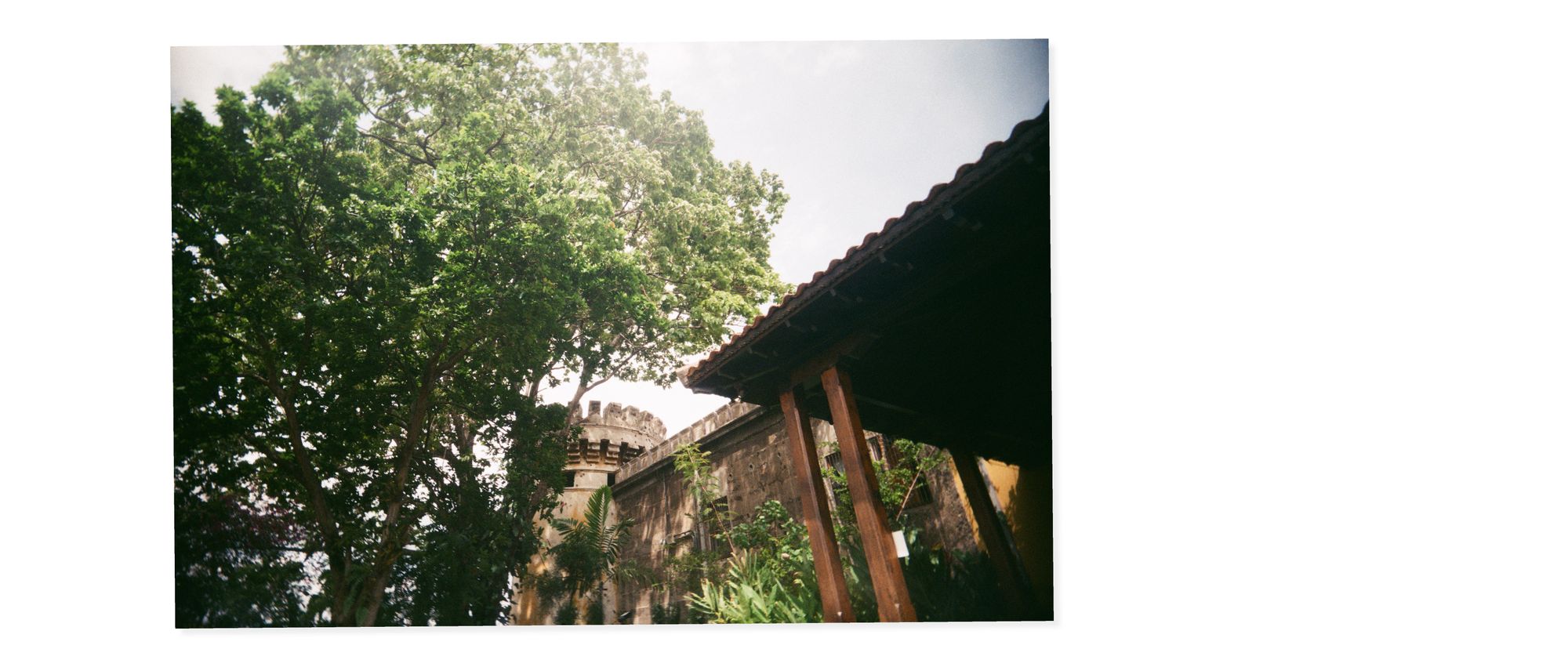
Museum as a distorted mirror
We can use heterotopic spaces as a way to look through the cracks of the institutions and systems in place—acknowledging their presence allows us to read between the lines of the establishment’s discourse. However, Foucault’s comparison of the colony/museum as heterotopia fails to further explore the problematic concept of this correlation. This association uncovers the shared foundation that both museums and colonies have between them: the undoing, indoctrination and fabrication of colonized territories and bodies.
If heterotopias exist in the spaces in between, in the unresolved areas of our consciousness, then we can say that national identity is a form of heterotopia. We inhabit a structure that was built to support a hegemonic discourse fed to us as identity. In its aim for unity, it sharply drops borders down to exclude those of us who are out of bounds.
In her book Borderlands La Frontera, chicana theorist Gloria Anzaldúa describes the border space as: “a dividing line, a narrow strip along a steep edge. A borderland is a vague and undetermined place created by the emotional residue of an unnatural boundary. It is in a constant state of transition.” For Anzaldúa, the inhabitants of the border space are the prohibited and the forbidden ones, thus the border both delimitates and excludes the inhabitants of the heterotopia.
“In order to free ourselves from the vestiges of the colony, we must do away with the nation and its project of exclusion.”
In order to free ourselves from the vestiges of the colony, we must do away with the nation and its project of exclusion. This project has been carefully crafted to uplift and glorify a toxic concoction of aspirational ideals. These ideals are dissociative, hurtful and dangerous. Once settled in the post-colony, the national museum becomes a weapon, to be used against its people, a platform that upholds the fabricated ideals and definitions of national identity is being used as a distorted mirror.
In his text, Foucault introduces us to the heterotopic space via the mirror, this particular viewpoint provides us with a peculiar lens from which to examine the museum and its colonial foundation. As Anzaldúa states: “The mirror is an ambivalent symbol. Not only does it reproduce images (the twins that stand for thesis and antithesis); it contains and absorbs them.” The contemporary museum does not exist without the colony. Can the first step towards the decolonization of culture be the reckoning of the discourse of national identity which has damaged and excluded so many?
In the heterotopic mirror that is the museum, we seek ourselves and we seek the origins of what we are. But this reflection is imagined, built upon the colonial and patriarchal structures that uphold the framework of national identity. In order to see ourselves, we must strip the mirror of its reflective properties. In its place, we will have a window that gives a way out of the structures we are seeking to escape.
Both in Anzaldúa’s and Foucault’s mirrors, we see what we don’t have. And so, to my younger self, who has felt at a loss with the conflict of identity since it was planted in those early years, to her I say: smash the mirror.

The museum pictured here is the National Museum of Costa Rica, located in the heart of San José. I always find myself drawn to photographing it when I’m in town. Having collated so many shots of its walls and interiors, it feels like it's starting to tell its own story. The last picture is of 7 year old me, dressed in the Costa Rican “Traje típico” or folk costume. My classmates and I are waiting for our turn to dance “El Punto Guanacasteco”.
Adriana Rojas Víquez (she/her) is a Costa Rican designer based in London. Her research interests include critical design practices, the decolonisation of museums & exploring borderline/heterotopic spaces.
Adriana holds a Masters in Design from Goldsmiths, University of London. In her work, she is interested in exploring how some of the methods of design research can be applied outside of the traditional design framework as a way to reimagine cultural spaces.
This text was produced as part of the Against the Grain workshop.

